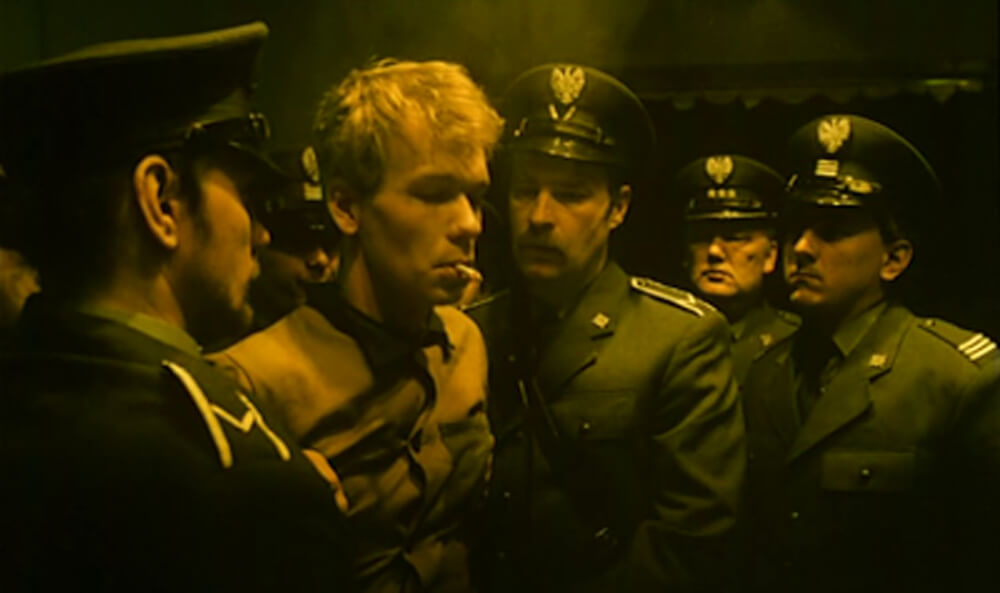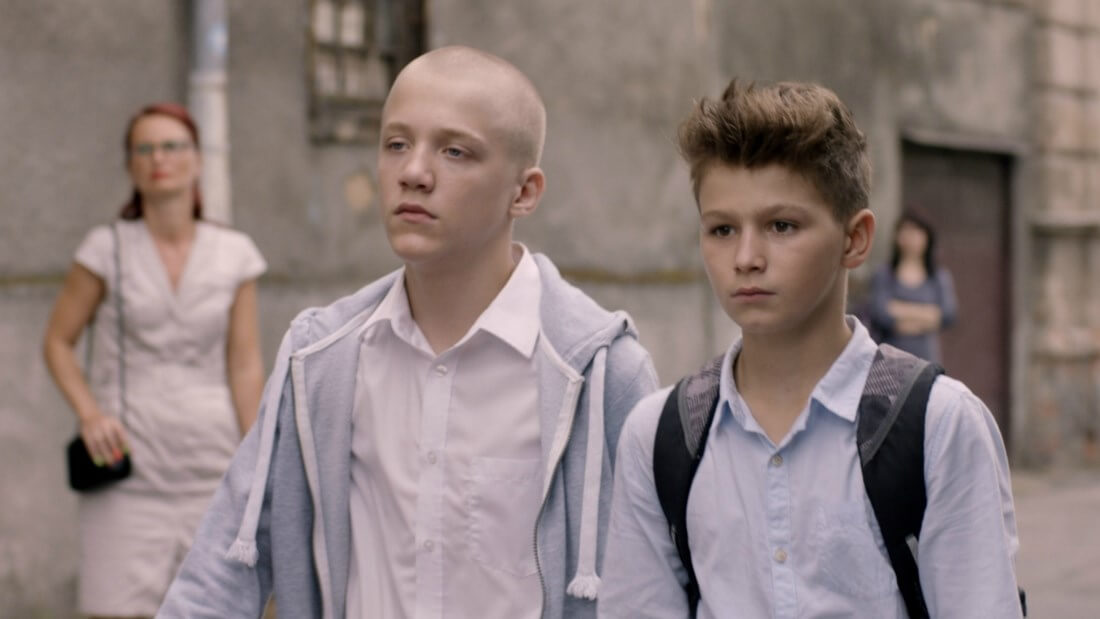The most memorable MOVIE MURDER SCENES

Kill, how easy it is to say. Certainly easier than writing a list about it. Killing is an everyday thing on screen. This is a topic for many publications and even film literature. And always with this type of selection some important scene will be missed. Creating a description of the most suggestive sequences, where one person takes the life of another or a third, aimed at creating an impression of horror and shock, often also moving, means a difficult choice. There is a certain simplification of the task: it does not say that the more brutal and gory the scene, the better the emotional result on the part of the viewer. One moment of murder can have more impact and meaning than mass murders in a typical slasher, gore movie or ordinary “stock” where the corpse is too dense and the mother’s head (sometimes literally) served on a plate. Much depends on the dramaturgy and climate, context, convention, meaning or justification of a given murder. The performance of the actors and the work of the director also play a significant role in building the effect. Sometimes such scenes can also have a negative impact on the viewer. Fascination with the crime shown may be born. After all, there have been cases of murder inspired by a film record, and the cinematic matter also draws from authentic killings. Below is a subjective list of the most interesting and memorable on-screen kills. In some descriptions, references were made to other scenes that could not be included in the general list due to their volume. The sequence of the scenes listed is random.
WARNING: MANY DETAILED SPOILERS!
Schindler's List (1993)

I’m not sure it’s the best Holocaust movie, but certainly the most famous in the description of this terrible phenomenon, one most mass crime in the history of mankind. There is no doubt that Steven Spielberg’s painting is a large-scale appeal for humanity. Hence the whitening of certain attitudes and figures in comparison with historical facts. This is one of the reasons why several critics called Schindler’s List a Hollywood fable about extermination camps. Nevertheless, Spielberg’s film contains very important scenes, including moments of killing, which is inevitable when it comes to a picture about extermination. Behind them stands Amon Göth brilliantly recreated by Ralph Fiennes. Göth, a cold pedant, narcissist and commandant of the Płaszów labor camp, amused himself in the morning by shooting prisoners from the balcony with a sniper rifle. But he didn’t always pull the trigger. In an equally memorable fragment, while choosing a housekeeper from among Jewish women, a dialogue with an architect takes place. The woman insists that the camp construction project is not properly constructed. Amon orders her to be shot as an example, knowing she is right, then orders the project to be carried out according to her instructions. Oskar Schindler (still Liam Nesson’s most important role), having won a large percentage of the Nazi’s trust, tried to influence him by suggesting that the essence of power is to pardon the guilty. Amon Göth followed these instructions for only a short time, sparing the lives of several people. However, when the teenage boy did not clean his bathtub, the German returned to his habits. He shot him with a sniper rifle. Amon Göth, in reality and in the film dimension, killed for any pretext, on a whim, but Spielberg and Fiennes managed to extract the human element from this character to some extent, also in the physical sense.
A Short Film About Killing (1988)

Finally, two proposals from the Polish film backyard. The first is a memorable film by Krzysztof Kieślowski, who stigmatizes unlawful or lawful killing as the fifth commandment. The film resonated internationally because of its almost documentary capture of a social problem, but above all because of the realistic scene of the murder of a taxi driver. The tormentor is a lost young man who seems to be in social apathy, because it is not known what drives him to the end. Emptiness? Isolation? Frustration? Jacek tells him to be transported to a remote place, suddenly attacks the driver, begins to choke him with a rope, and the gagged victim barely stays alive and tries to escape with the last of his strength. The boy is shocked by what he has done and what he will do next. There is no turning back now. Jacek kills the man with a boulder. The scene shocked many viewers, it is almost a chronicle record of a crime without a specific reason, followed by the death penalty for the perpetrator, but it does not bring relief. Although Jacek cruelly killed a man, he was actually the victim of his own crime, which leaves the viewer with a moral dilemma about the right position. This is a clear reference to Dostoyevsky’s Crime and Punishment from Kieślowski’s perspective. Mirosław Baka, who played Jacek, later recalled in interviews that several taxi drivers were afraid to use them, some asked him to change to the front seat.
Playground (2017)

The second proposal from the Polish film is the final scene, which caused a similar discussion, because the message and the way of narration is similar to Krzysztof Kieślowski’s painting. The only difference is that in the Playground crimes are committed by children against children. Specifically, two teenagers are taking a little boy out of the market and dragging him out of town. Somewhere in the meadow by the railway tracks they start kicking the boy until he loses consciousness. However, this is not the end, because the excited ones step on his head and drop a concrete lump on it several times. The whole thing is shown from a distance, no details are visible, the teenage criminals exchange remarks in the meantime, but no words are heard. Everything is presented from a distance, which does not reduce the effect of the scene on the viewer’s sensitivity. At its end, the juvenile criminals carry the body to the tracks and leave it there, then appearing to wait for the passing train. Now you can see their faces up close, which do not express much emotion. The boys seem bored, still waiting for some surprising impressions, as if what they did wasn’t enough. There is no emotion on their faces, no reflection, total indifference. The director of the film, presenting a nasty murder, was inspired by a real event that took place in England. And in this image, as in the fifth installment of the film decalogue or even in Haneke’s Funny Games (older counterparts of the duo from the Playground?), considerations arise as to what prompted the teenagers to make such a move. Boredom? Surely. Curiosity? Also. No empathy? Definitely. The director, debutante Bartosz Kowalski, seems to be saying with this scene that some things cannot be rationally explained, let alone to justify, it just happens, it is next to us, although it is both unacceptable and unimaginable.

